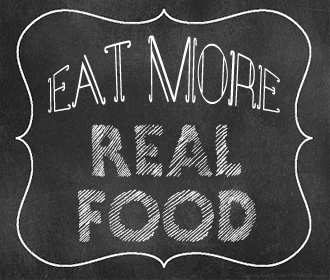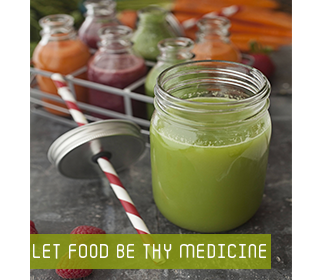The intestinal tract contains over 500 species of bacteria, and there must be a balance of both “good” and “bad” bacteria in our bodies.
Probiotics are live organisms that exists in our bodies and affect us, the host animal, by improving our intestinal microbial balance. The word probiotic means “for life,” and some examples of probiotics are Lactobacilli, Bifidobacteria, Enterococci, S. Thermophilus, L. Casei, and L. Acidophilus. Look at a container of yogurt the next time you are in the grocery store and notice the variety of strains of bacteria that may be present. These good bacteria help the immune system and the digestive system, as well as manufacture some vitamins (including vitamin K). Each strain has different properties and researchers are learning more about what they specifically do for the body. Probiotics can help rebuild and maintain a healthy intestinal environment.
Prebiotics are non-digestible food ingredients that will stimulate the growth and activity of bacteria in the colon. Prebiotics are essentially food for the probiotics. Examples of prebiotics are FOS (fructooligosacchharides), inulin, and galactooligosaccharides. I have seen the term “NOW WITH PREBIOTICS” on the labels of many different types of foods lately, especially bread. All this means is that there is a type of fiber (inulin) or polysaccharide (carbohydrate) present in the food to feed bacteria, and it is often used as a way to market a product.
More and more foods are capitalizing on the probiotic and prebiotic kick. I found an interesting quote from Dr. Reid, a professor at of Microbiology and Immunology at the University of of Western Ontario, from a website called Weighty Matters, that stated
“Sadly, we have probiotic chocolate, bread, orange juice, certain dairy products and even an ice cream that has a flyer which mentions probiotics can prevent colon cancer (how much ice cream should I take every day to do this?). I am not questioning the quality of these products or that they might be beneficial, I just want to see some data on what they have been shown to do. Otherwise, we are fooling the consumer and/or not giving them sufficient information.”
What do you think about this as a consumer?
Here at Bundles of Energy we use yogurt in some of our dips and dressings, and we always recommend buying a plain organic yogurt. If using yogurt as a topping for granola, for a yogurt parfait, or just as a snack with berries, it is always best to start with a plain yogurt and then add your own sweetener. I find that sweetened yogurts often contain way more sugar than is necessary. If you love a sweeter tasting yogurt, try adding a very small amount of honey, and then frozen or fresh berries to add further flavour. You may find yourself using less and less of the sweeteners until you find that yogurt is sweet on its own!
Do you use yogurt in recipes?! Tell us how!









